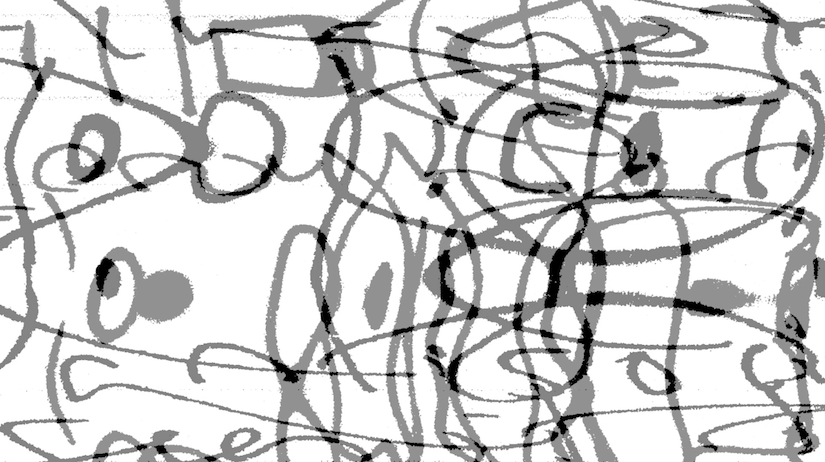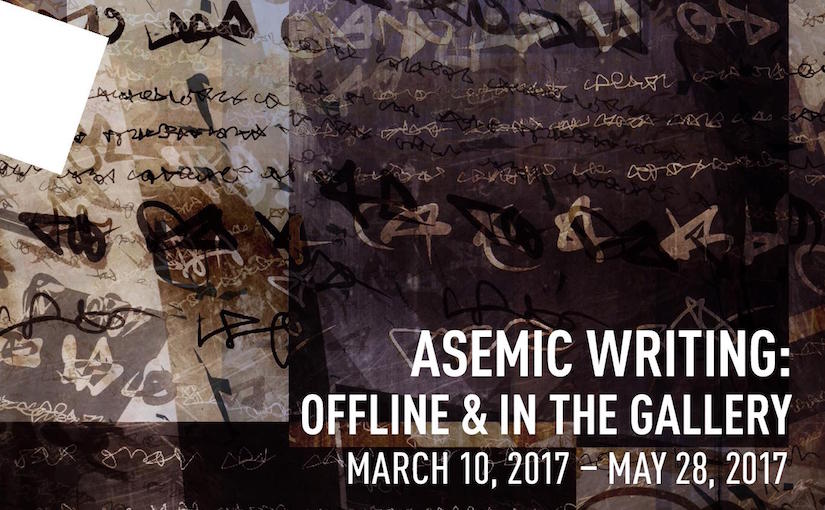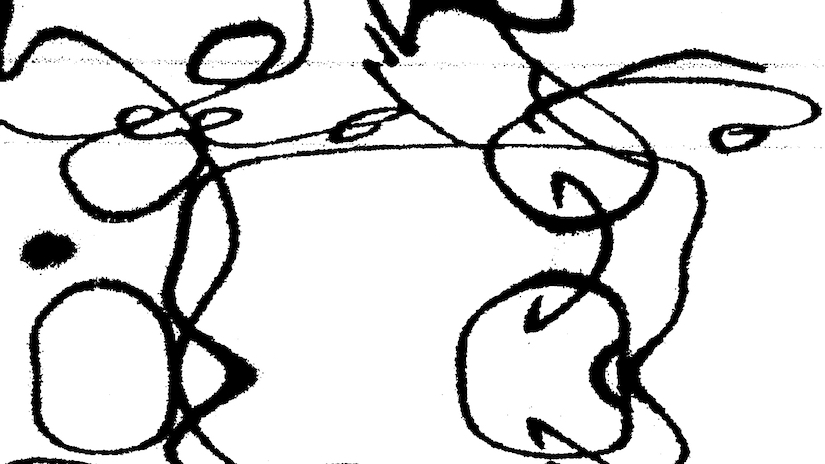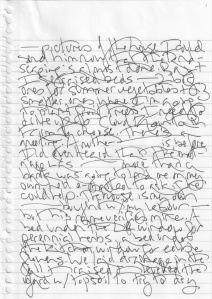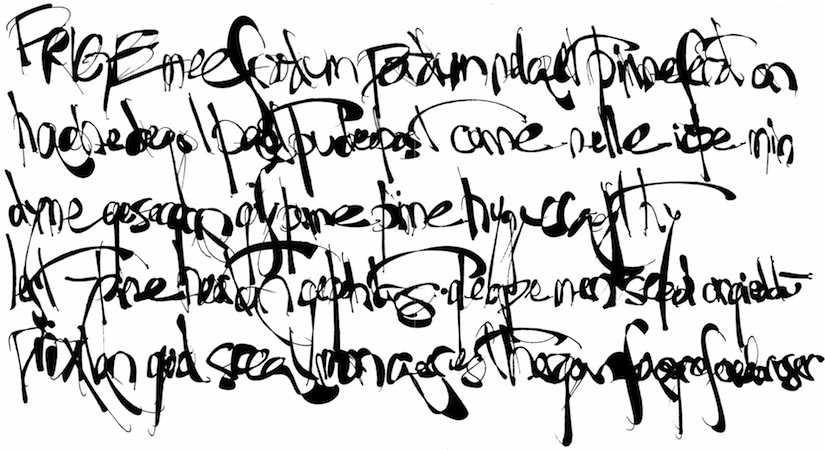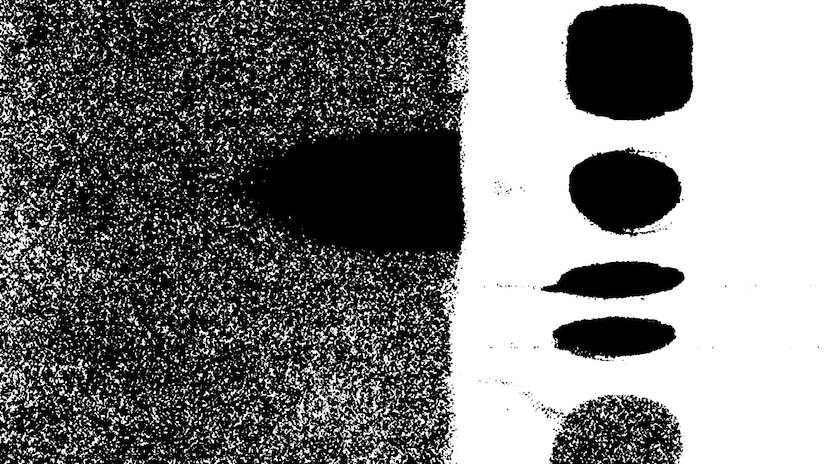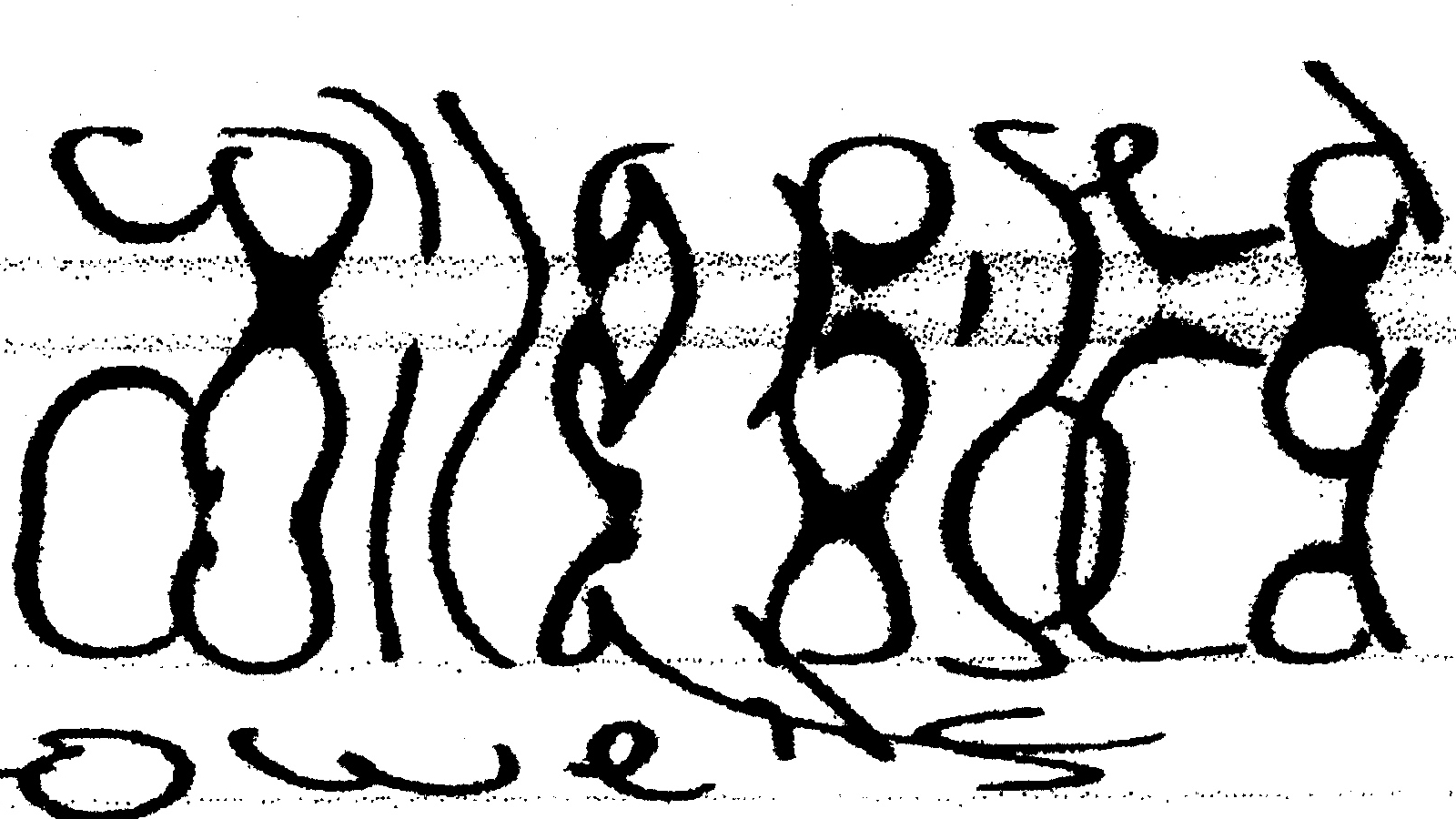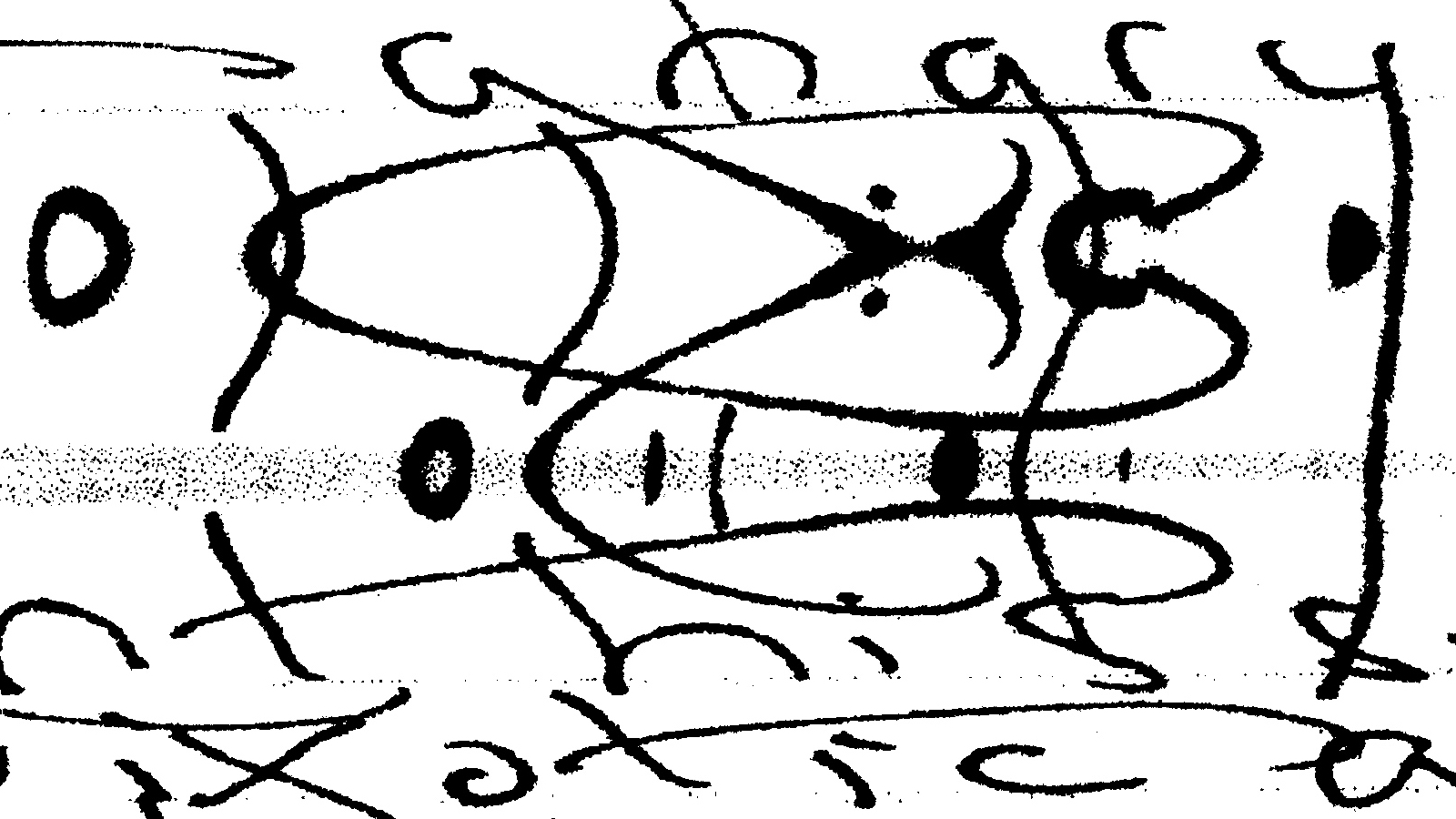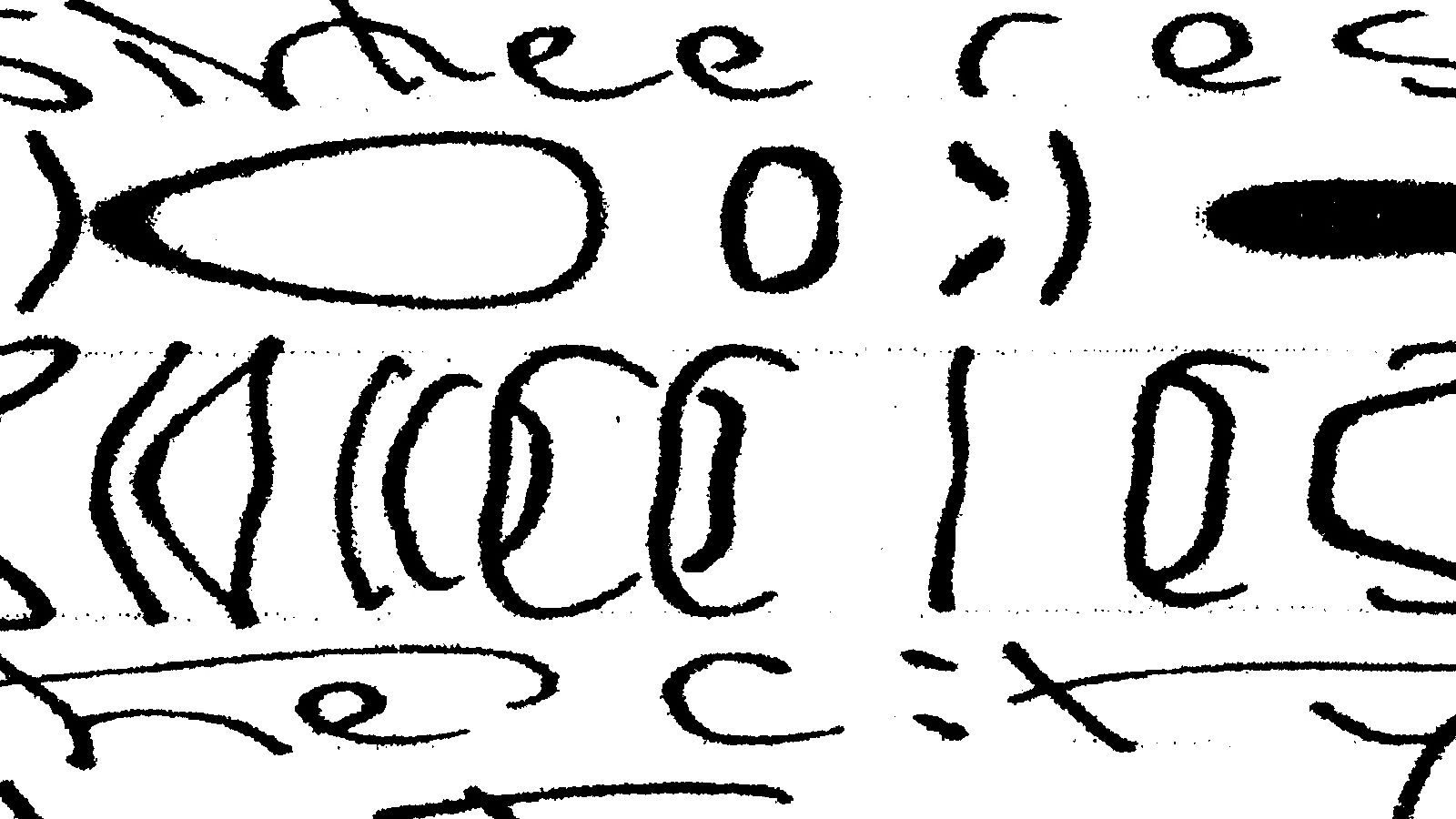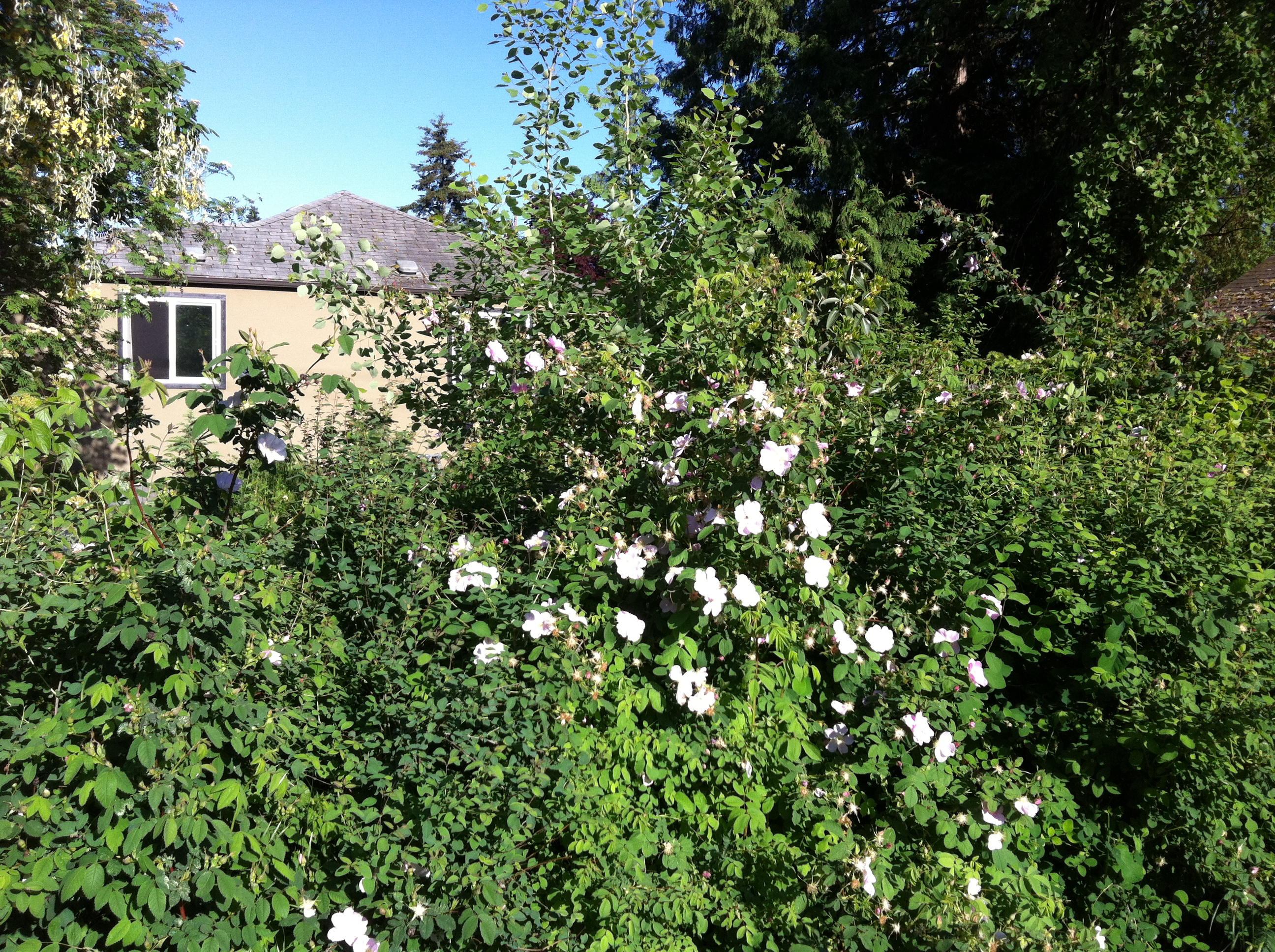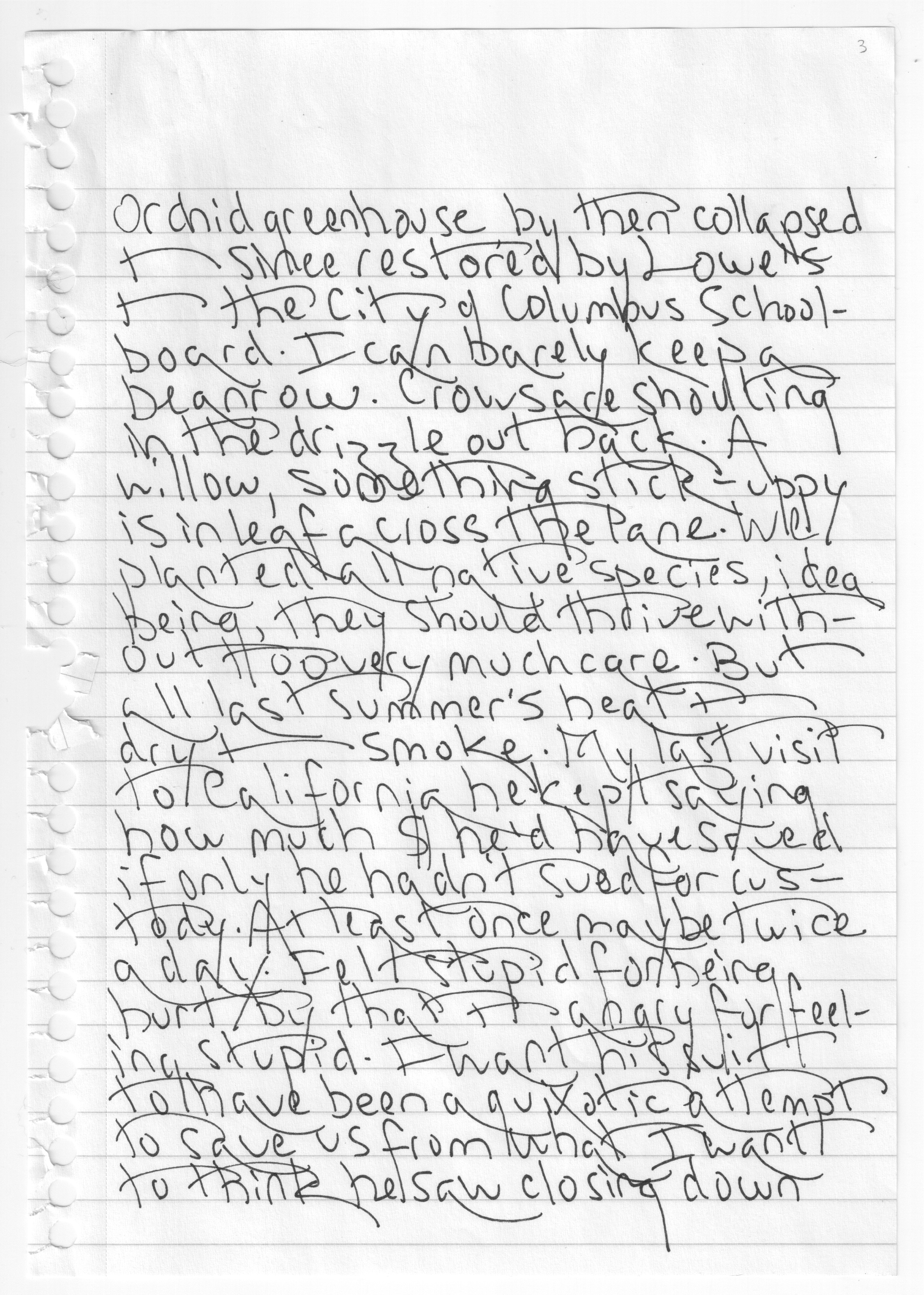Today I gave my poetry workshop an exercise in asemic writing. First time I’ve tried it & they done good. Here’s the exercise, with prelims. (And, at the end, some asemic resources.)
First, some con(structed) scripts
In class, showed some alphabets invented or divined. Hélène Smith‘s Martian:

Something cool by Andrew Clark I found:

Razorsharp letterset, with pareidolia, by Christopher Skinner:
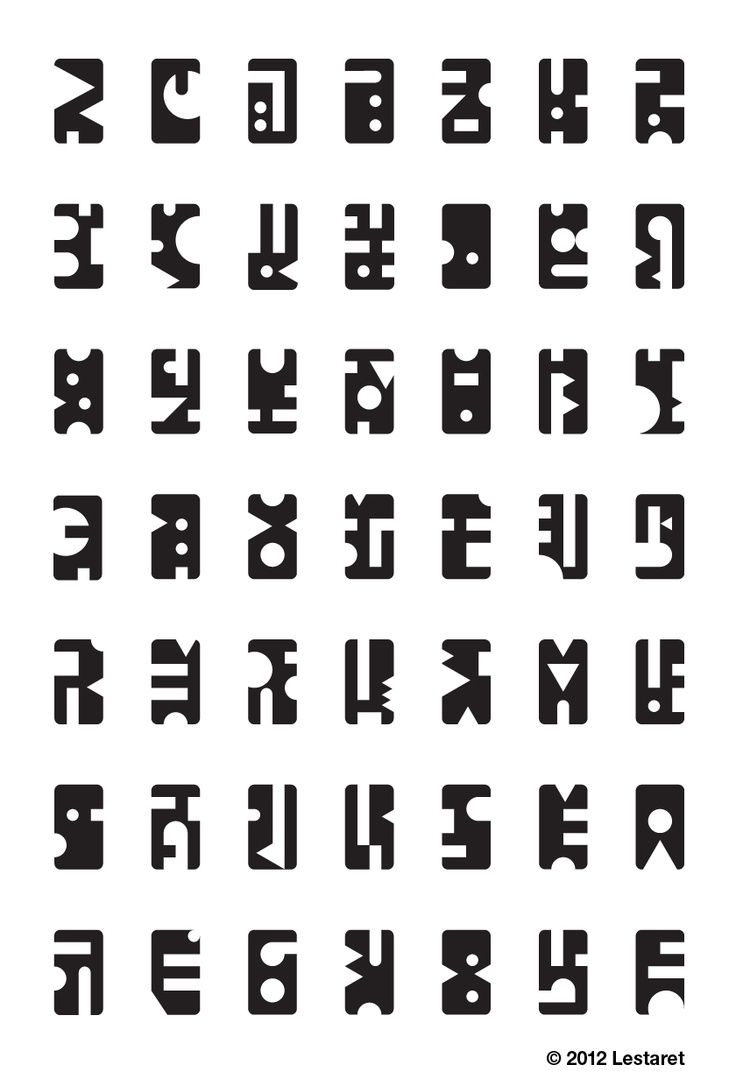
Wish I’d remembered the Deseret writing created by Brigham Young:

More widely used perhaps is Klingon:
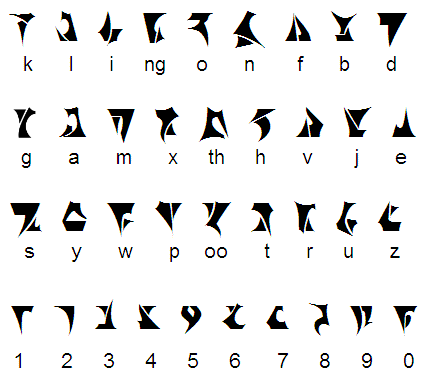
next, an in-class exercise
Create a new alphabet. You have 15 minutes.
When done, they wrote their names in their alphabet, and put them on the board.

The characters are illegible but full of character. I can almost tell, weeks later, whose letters are whose. (Of course the palindrome’s a giveaway.) And that’s asemic writing for you: all the meanings semantic meaning was veiling, when we were distracted by it, shiny toy, creep forth, peek out.
And now, the exercise, asemic writing
At home, compose a page of asemic writing.
And man did some come out good. I will post, haste.
To those who had trouble with the ex, I said, try it again, with your eyes closed.
Examples of asemic writing I had for them, who now are you, to look at.
Zhang Xu‘s “wild cursive,” or loosely (or wrongly) “wild grass cursive”:
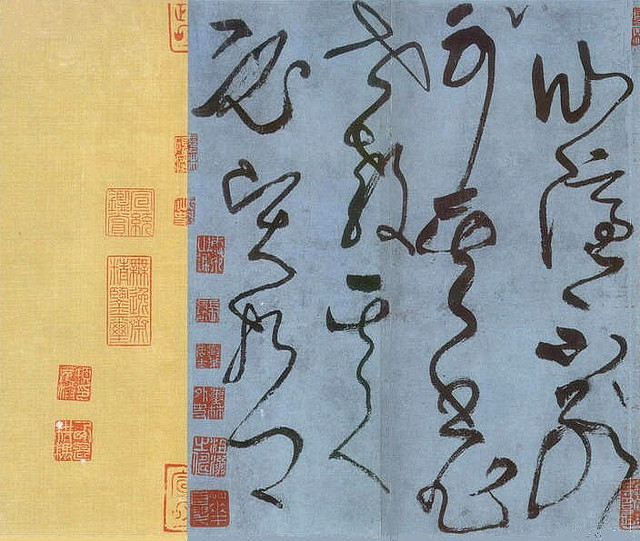
A few by Henri Michaux:



A couple by Paul Klee:
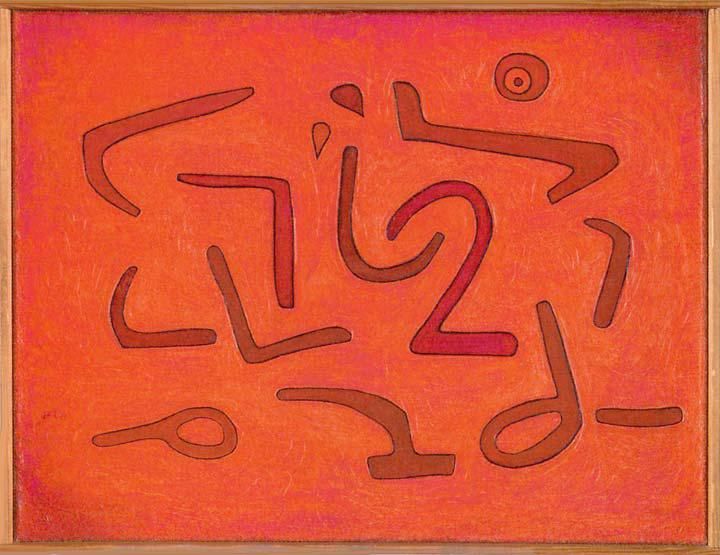

And this wonderful ongoing project, The Geranium Lake Properties, by Lyn Tarczynski, maybe my favourite asemic compositor out there.
And this bed of asemic misadventure, The New Post-literate, edited by one of the mode’s current progenitors, Michael Jacobson.
Also had them read these good orientations on the practice:
Tim Gaze on asemic writing.
Michael Jacobson on asemic writing.
Minnesota Center for Book Arts, “Making Sense of Asemic Writing.”
Postscript. Orientations, orient, Orient, Orientalism. Can’t help but wonder, worry a little, as I play around in the asemic stream, what kinds of othering might be going on. It’s pleasing to make a script one recognizes and doesn’t, cognizes and doesn’t. It gets fantasy circuits firing without any durable duty to, I dunno, the actual world of beings bedded in history. Sort of the way paintings of Turkish harems might have got Euros turned on in the 19th C?
Play’s okay, we all need to sometimes. But while most of the asemic stills in SCRO, my current project, are redolent of leafs and bugs and unraced faces, there are those that might mind one of an ethnographic rattle, or petroglyphs I saw somewhere, and others please me maybe for imping the fluidity of Arabic.
What the fuck am I redoing the Mikado for the 21st C or something? I don’t mean to, but do I get to claim the privilege of not meaning to? A couple friends and I are putting together a proposal for next year’s CCWWP Convention, theme of necessary conversations in a time of racial and gendered violence. Had thought to propose on this – show some, say my self-questions, see what other questions flew. (Our thinking’s gone another way, another post on that.)
Post-postscript. Are many Arabics gorgeous and asemic to me meaning God.

There needs to be room for play of equals. That astonishing face is full of play.
Post-post-postscript. The book that got me started on this whole misadventure – erasure, asemia, the limen, the lumen, the clinamen, compostery even I’d maybe say, is Imagining Language, eds. Steve McCaffery and Jed Rasula. I met Hélène Smith there, e.g. Now out of print. SAD!







